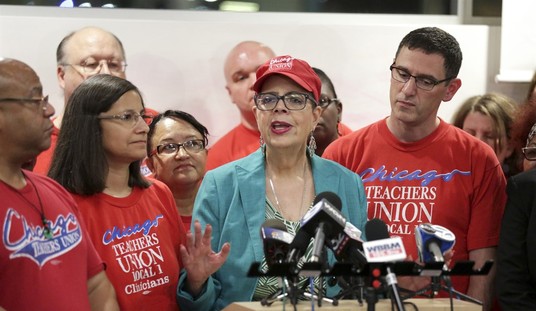Warren Buffett would have you believe that stocks are on sale right now.
He thinks wars are a wonderful thing for the stock market. He all but told us we'd all have more time to cook dinner if World War III broke out.
And I think Buffett's just covering for his buddy Obama, who’s got his butt in a sling over Russia, Ukraine, Syria, Libya, etc, ad nauseam, because nobody’s really frightened of the One and his multiple, imaginary red lines.
"You're going to invest your money in something over time,” the Carbuncle of Obama expostulated the other day on CNBC. “The one thing you can be quite sure of, is if we went into some kind of very major war, the value of money would go down. That's happened in virtually every war I'm aware of. The last thing you'd want to do is hold money during a war. You might want to own a farm, you might want to own an apartment house, you might want to own securities. During World War II the stock market advanced."
Click here
 to listen to Ransom Notes Radio live or for archives of previous shows.
to listen to Ransom Notes Radio live or for archives of previous shows.
Buffett can be sure of it, because it would be hard for him to become poor again, but for those of us little people who still have to make out way in the world on facts, it’s bit tougher. He's right about the dollar, but he's wrong about stocks.
So, let’s cut to the facts for Warren, provided by Robert Shiller of Case-Shiller fame.
On January 1st 1939 the S&P 500 stood at 208.85.
On January 1st 1940 the S&P 500 stood at 206.99
On January 1st 1941 the S&P 500 stood at 175.02
On January 1st 1942 the S&P 500 stood at 133.05
On January 1st 1943 the S&P 500 stood at 139.66
On January 1st 1944 the S&P 500 stood at 159.30
Recommended
On January 1st 1945 the S&P 500 stood at 177.28
On January 1st 1946 the S&P 500 stood at 231. 60
That’s a whopping return of 11 percent over a seven-year period, not including dividends.
And notice that in 1945, when presumably victory was well in hand, the market had yet to break even.
The key thing missing in the Billion Dollar man’s hypothesis is that war-- or other events that create uncertainty, make investors less willing to pay premiums for stock market investments.
I know what you are thinking: All this time YOU thought stock markets did well because companies were expanding their profits.
Nope.
In fact, much of the return provided by a Bull Market is provided because investors expand the premium they are willing to pay for stocks.
Let’s go back and look at World War II.
In order to gauge the premiums that investors are willing to pay for stocks, we’ll look at the price earnings ratios, also known as PEs.
PEs are ratios that investors are willing to pay for $1.00 worth of earnings.
On March 3rd, 2014, the PE ratio of the S&P 500 was estimated at 19.56 times earnings. That means that for every dollar companies make, investors are willing to pay $19.56.
On January 1st 1939 the S&P 500 PE stood at 18.94
On January 1st 1940 the S&P 500 PE stood at 13.23
On January 1st 1941 the S&P 500 PE stood at 10.05
On January 1st 1942 the S&P 500 PE stood at 7.97
On January 1st 1943 the S&P 500 PE stood at 9.70
On January 1st 1944 the S&P 500 PE stood at 12.61
On January 1st 1945 the S&P 500 PE stood at 14.35
On January 1st 1946 the S&P 500 PE stood at 19.17
As the war prospects grew darker, investors were less and less willing to pay high premiums for stocks. As prospects got better, investors expanded the premiums they were willing to pay for stocks.
To some extent, the irrational exuberance that the market saw from 1992 to 2003—when the PE on the S&P 500 stood at 46.18 as of January 1st 2002-- was the result of the end of the cold war. Investors were willing to pay much higher premiums because World War III was at least postponed.
Bull Markets and Bear Markets turn mostly on investor’s perceptions on what a $1.00 worth of earnings is worth in any given time. In good times, investors pay a big premium and in bad times, not so much.
Wars matter Warren.
The facts aren’t on your side, even if you remain solidly behind the president, who not incidentally, is factually vacuous too.

























Join the conversation as a VIP Member